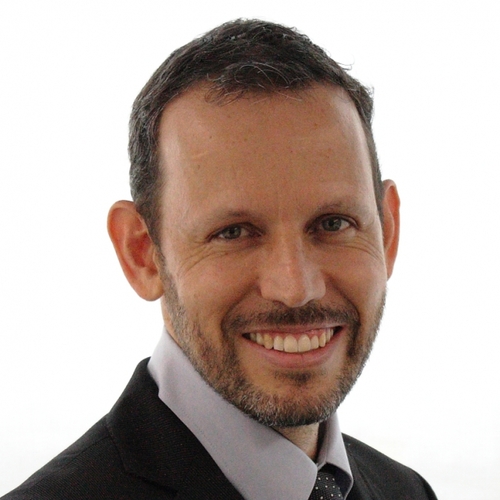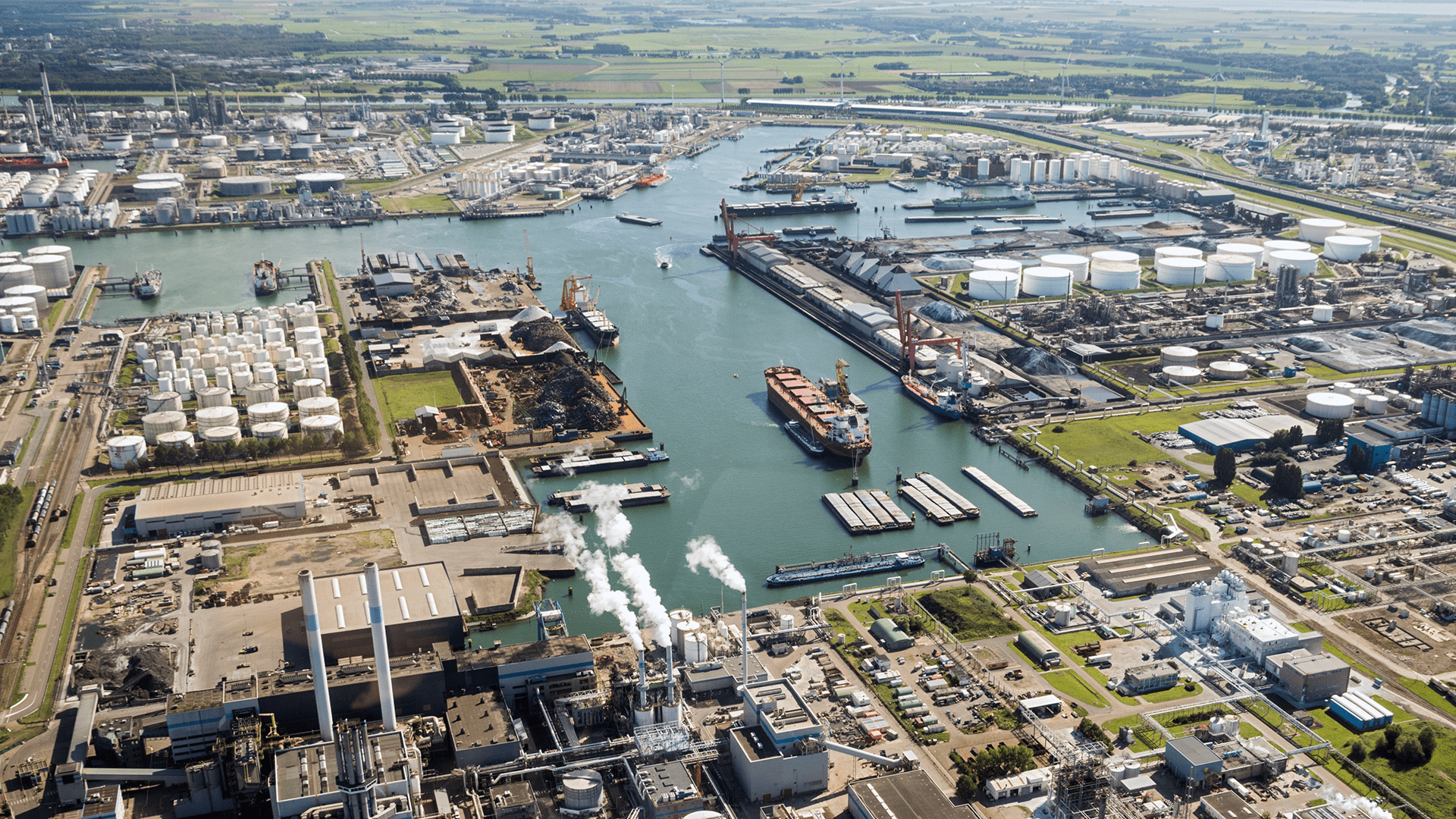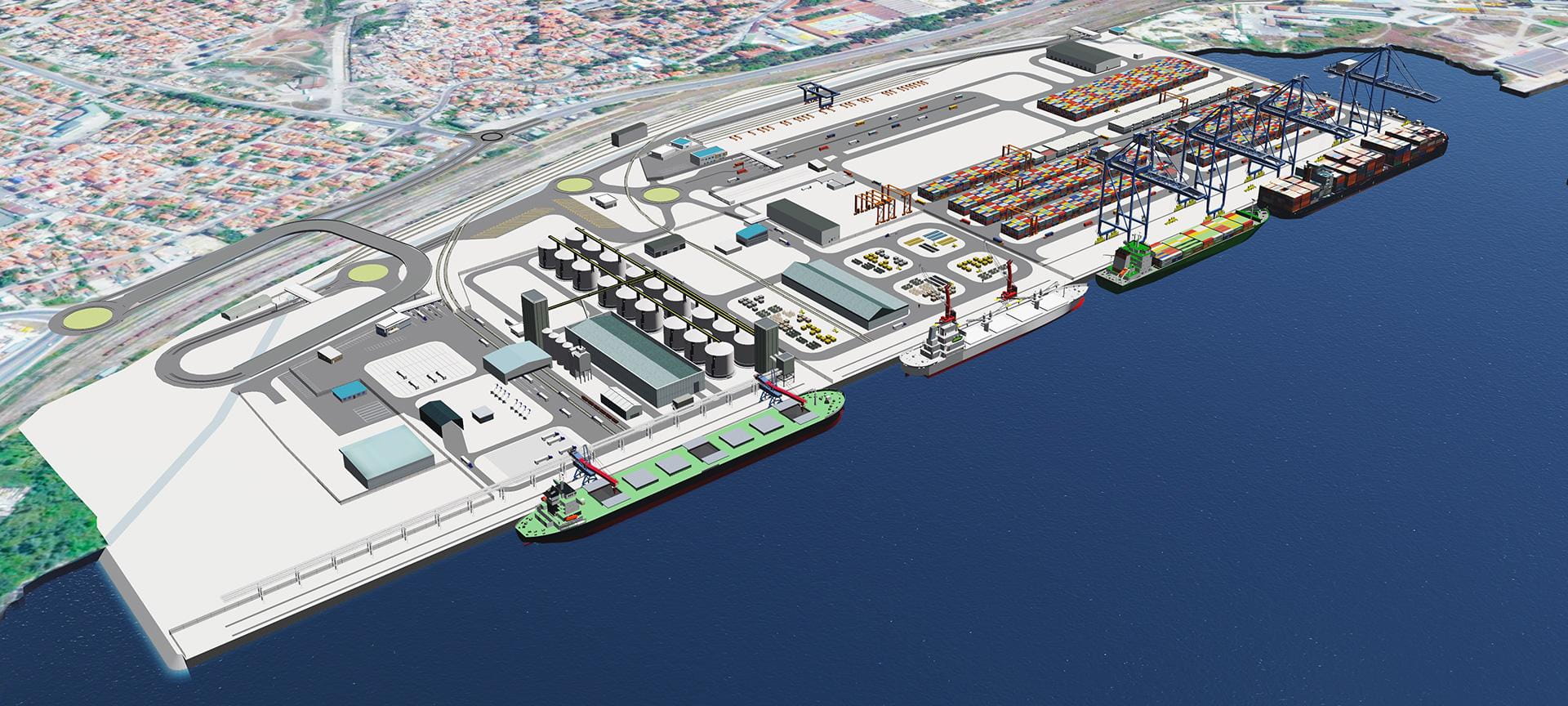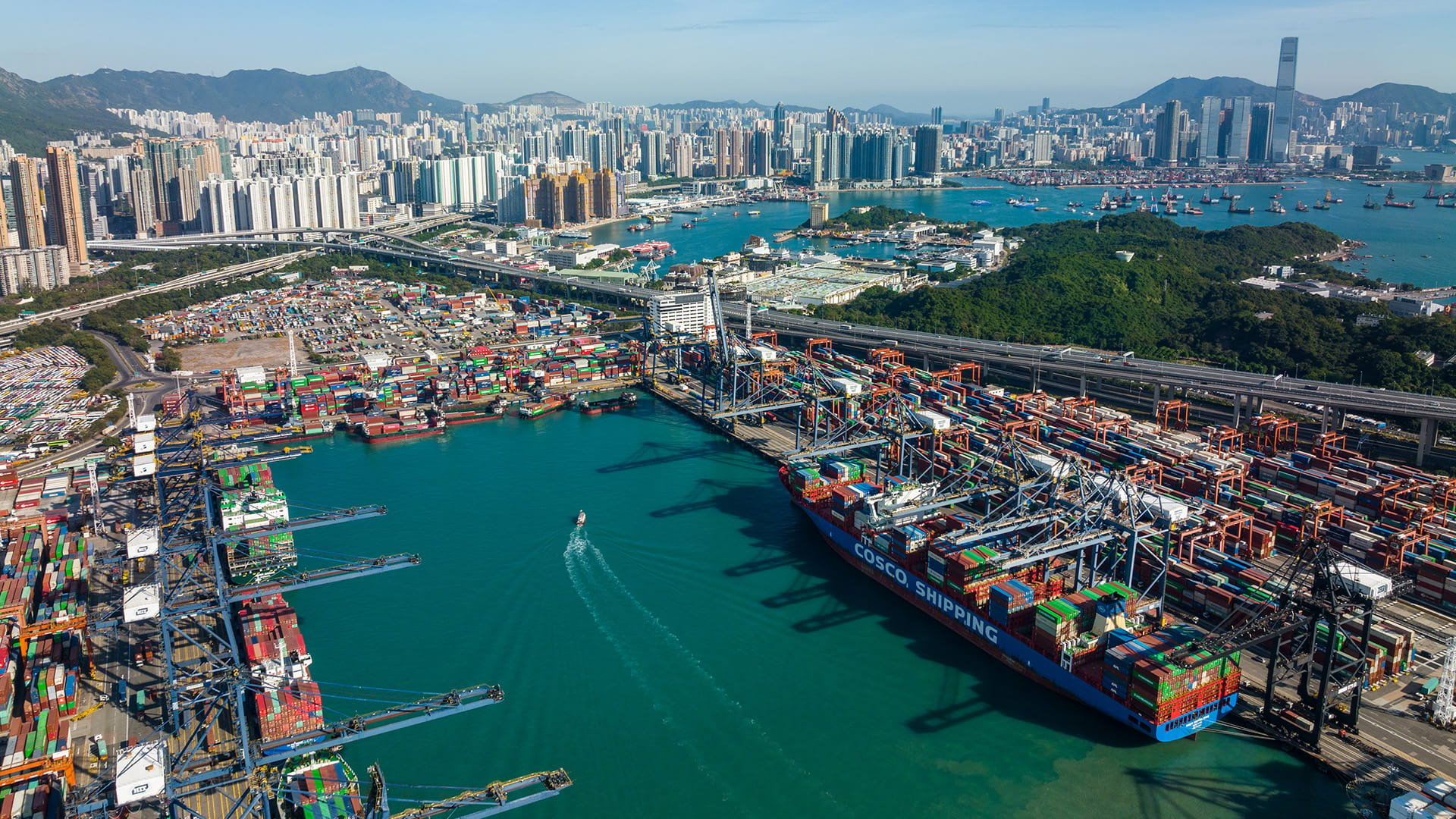PIANC COPEDEC: Gain guidance and insight from top experts
17-10-2023
MaritimeStrategic maritime asset management port and shipyardMaritime technical consultancy servicesAt PIANC COPEDEC 2023, we sent some of our top experts to present on maritime infrastructure assessment guidelines and dynamic mooring analysis.

In the maritime industry, it’s vital to keep on top of your infrastructure and operations if you want to thrive. From global warming changing the severity and frequency of weather events to a constant need to keep your assets in good, compliant working order, there’s a lot to think about.
Maritime investments have very long lifecycles so making the most of your existing infrastructure and maximising your operations is pivotal. It will help boost sustainability in your facility and will reduce the need to make big investments on new assets.
This key topic was discussed at the 2023 PIANC COPEDEC, running from 9 to 13 October 2023 in Manila, Philippines. The theme for PIANC COPEDEC 2023 was: “Enhancing Waterborne Transport and Sustainable Coastal Development”.
At Royal HaskoningDHV, we sent two of our experts to share their knowledge on the best way to assess the condition and capacity of marine structures and how dynamic mooring analysis can help reduce operational downtime.
A lack of proper knowledge of maritime structures can lead to inadequate maintenance – resulting in poor performance and even structural failure. This can threaten the safety of a maritime facility and anyone that uses it, as well as leading to costly repairs, downtime, and unplanned need for new investments.
Given the relatively long asset life, keeping maritime infrastructure well maintained and managed is vital. However there is limited awareness and standardised guidance for how to best inspect the condition of maritime infrastructure, evaluate its remaining service life, or assess an existing structure’s load carrying capacity.
Manuals and guides that do exist – and that Ali will take a deep dive into during his presentation – do offer good information for the inspection of condition and damage levels, and qualitative assessment of the structure. However, there is very little guidance on quantitative capacity assessments. What exists today is mostly aimed at other civil engineering structures, such as buildings and bridges.
For the quantitative capacity assessment, we have to consult documents and advice aimed at other infrastructure areas and use engineering judgement to tweak them to fit maritime infrastructure.
The gap in design standards is beginning to be filled, with newly published technical specification by European Committee for Standards (CEN). But again, these are being written for general civil engineering structures and need to be adjusted to meet the needs of the maritime industry.
Therefore, there will likely always be a need for critical engineering judgement and experience to assess the condition and maximise or extend the remaining service life of maritime structures.
Even when vessels are moored, they never stop moving. Waves and the wind can cause extensive vessel motions.
As vessel motions increase, loading and unloading operations will cease to be carried out in a safe manner. This leads to operations being disrupted. Climate change is resulting in more extreme conditions, and this will lead to increased disruptions to operations.
In extreme cases, vessels may need to leave their berth to mitigate the risk of mooring lines breaking – or excessive damage to the vessel or berth itself.
To maintain operational efficiency, port authorities and terminal operators need to minimise this downtime as much as possible. Using DMA is an excellent tool for this.
Where Static Mooring Analysis (SMA) assumes the force acting on a floating body is constant, DMA takes a more holistic view. This is vital, as weather events never exert a constant force on a vessel – winds will gust, waves vary in size, and there are other external factors such as passing vessels.
With DMA, port authorities and terminal operators can determine the wind and wave limits for safe mooring and operations at berth. And they can then use this insight to maximise operations and assess the most cost-effective measures to improve mooring or reduce vessel motion at their specific facility.
In his presentation at PIANC COPEDEC, Justin gave two examples of DMA in action, and clearly demonstrate the benefits associated with using this tool.
We hope you were able to catch Ali and Justin’s presentations and discovered more about guidance for maritime asset assessments and dynamic mooring analysis.
Maritime investments have very long lifecycles so making the most of your existing infrastructure and maximising your operations is pivotal. It will help boost sustainability in your facility and will reduce the need to make big investments on new assets.
This key topic was discussed at the 2023 PIANC COPEDEC, running from 9 to 13 October 2023 in Manila, Philippines. The theme for PIANC COPEDEC 2023 was: “Enhancing Waterborne Transport and Sustainable Coastal Development”.
At Royal HaskoningDHV, we sent two of our experts to share their knowledge on the best way to assess the condition and capacity of marine structures and how dynamic mooring analysis can help reduce operational downtime.
Finding the right assessment guidelines to make the most of maritime infrastructure
Ali Minhas, Technical Director at Royal HaskoningDHV, Vietnam, discussed the assessment of the condition and load carrying capacity of jetty type marine structures.A lack of proper knowledge of maritime structures can lead to inadequate maintenance – resulting in poor performance and even structural failure. This can threaten the safety of a maritime facility and anyone that uses it, as well as leading to costly repairs, downtime, and unplanned need for new investments.
Given the relatively long asset life, keeping maritime infrastructure well maintained and managed is vital. However there is limited awareness and standardised guidance for how to best inspect the condition of maritime infrastructure, evaluate its remaining service life, or assess an existing structure’s load carrying capacity.
Manuals and guides that do exist – and that Ali will take a deep dive into during his presentation – do offer good information for the inspection of condition and damage levels, and qualitative assessment of the structure. However, there is very little guidance on quantitative capacity assessments. What exists today is mostly aimed at other civil engineering structures, such as buildings and bridges.
For the quantitative capacity assessment, we have to consult documents and advice aimed at other infrastructure areas and use engineering judgement to tweak them to fit maritime infrastructure.
The gap in design standards is beginning to be filled, with newly published technical specification by European Committee for Standards (CEN). But again, these are being written for general civil engineering structures and need to be adjusted to meet the needs of the maritime industry.
Therefore, there will likely always be a need for critical engineering judgement and experience to assess the condition and maximise or extend the remaining service life of maritime structures.
Maximising safe and efficient operations with dynamic mooring analysis
Justin Cross, Maritime Director at Royal HaskoningDHV, Vietnam presented the benefits of Dynamic Mooring Analysis (DMA) for ports and terminals, including how it can help reduce operational downtime.Even when vessels are moored, they never stop moving. Waves and the wind can cause extensive vessel motions.
As vessel motions increase, loading and unloading operations will cease to be carried out in a safe manner. This leads to operations being disrupted. Climate change is resulting in more extreme conditions, and this will lead to increased disruptions to operations.
In extreme cases, vessels may need to leave their berth to mitigate the risk of mooring lines breaking – or excessive damage to the vessel or berth itself.
To maintain operational efficiency, port authorities and terminal operators need to minimise this downtime as much as possible. Using DMA is an excellent tool for this.
Where Static Mooring Analysis (SMA) assumes the force acting on a floating body is constant, DMA takes a more holistic view. This is vital, as weather events never exert a constant force on a vessel – winds will gust, waves vary in size, and there are other external factors such as passing vessels.
With DMA, port authorities and terminal operators can determine the wind and wave limits for safe mooring and operations at berth. And they can then use this insight to maximise operations and assess the most cost-effective measures to improve mooring or reduce vessel motion at their specific facility.
In his presentation at PIANC COPEDEC, Justin gave two examples of DMA in action, and clearly demonstrate the benefits associated with using this tool.
Top insights straight from the experts at PIANC COPEDEC 2023
Whether you want to get the most out of your maritime assets and infrastructure or maximise your operational efficiency, 2023’s PIANC COPEDEC in Manilla, Philippines had insight from dozens of fantastic experts all in one place.We hope you were able to catch Ali and Justin’s presentations and discovered more about guidance for maritime asset assessments and dynamic mooring analysis.
Whether it is optimising a facility at planning and design stage, or making operational improvements to reduce downtime, Dynamic Mooring Analysis provides a wide range of benefits to ports and terminals.




